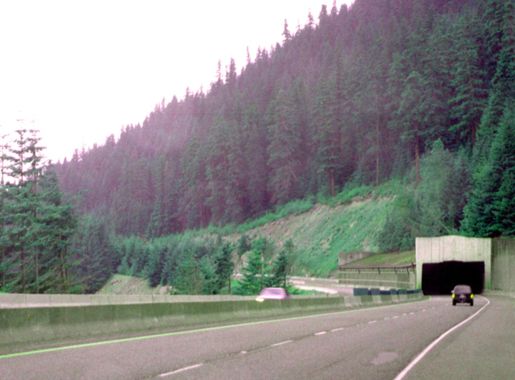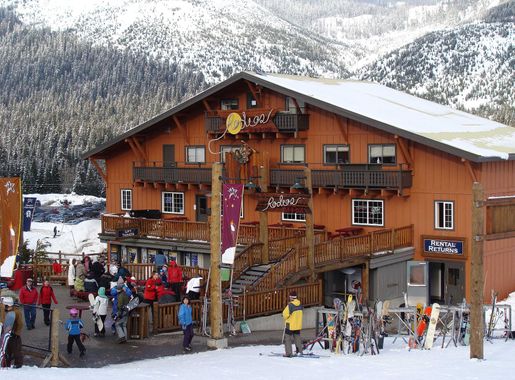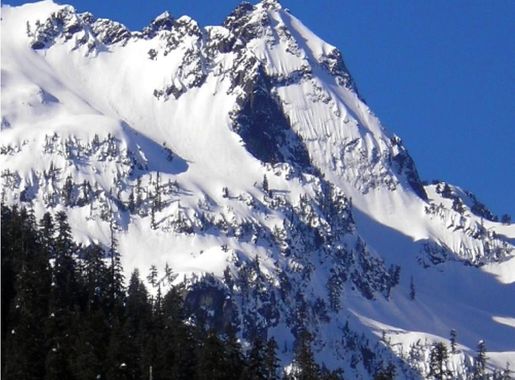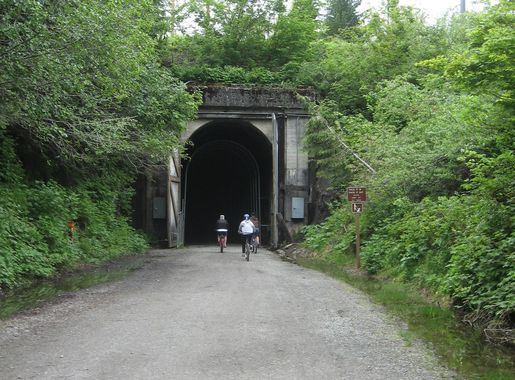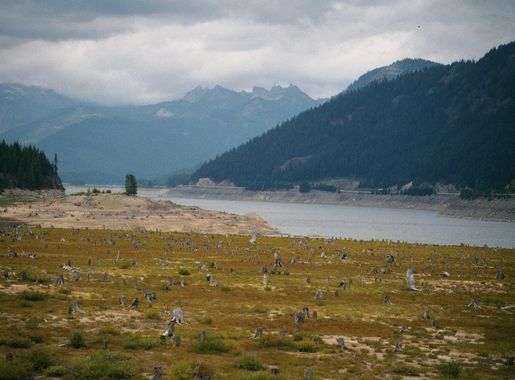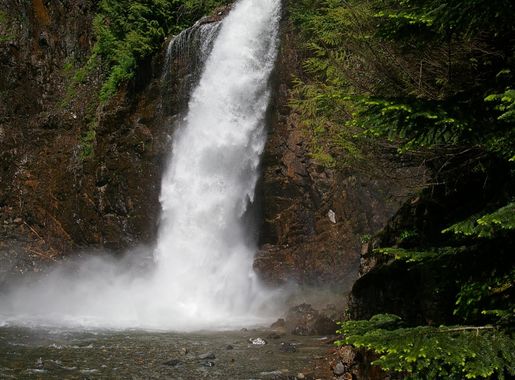
Snoqualmie Pass: A Gateway to Alpine Adventure
Discover Snoqualmie Pass: Year-round outdoor adventure in Washington's Cascade Range, offering skiing, hiking, and breathtaking alpine scenery.
Snoqualmie Pass, nestled in the heart of the Cascade Range in Washington State, is a year-round haven for outdoor enthusiasts. At an elevation of 3,022 feet, this mountain pass offers breathtaking views, diverse recreational activities, and a taste of Pacific Northwest wilderness. Whether you're visiting in the winter or summer, Snoqualmie Pass promises an unforgettable experience for all ages. In the winter months, Snoqualmie Pass transforms into a snowy paradise, attracting skiers and snowboarders to its four distinct ski areas: Alpental, Summit West, Summit Central, and Summit East. With over 1,000 acres of skiable terrain and a mix of beginner to expert slopes, it caters to all skill levels. Snowshoeing and cross-country skiing trails weave through the serene, snow-covered forests, offering a peaceful escape from the bustling slopes. As the snow melts and summer arrives, Snoqualmie Pass reveals a different kind of beauty. The area is dotted with numerous hiking and biking trails, such as the famous Pacific Crest Trail, which runs through the pass. Lake Keechelus and Gold Creek Pond provide perfect spots for picnicking, fishing, and kayaking. The scenic views of wildflower meadows and alpine lakes will capture your heart and camera lens. For a touch of history and local charm, visit the Snoqualmie Pass Historic District, where you can learn about the area's rich railroad and logging heritage. The nearby town of Snoqualmie offers additional attractions, including the Snoqualmie Falls, a stunning 268-foot waterfall, and the Northwest Railway Museum, perfect for family outings.
Local tips in Snoqualmie Pass
- Check the weather and road conditions before heading to Snoqualmie Pass, especially in winter, as snow can make travel challenging.
- If skiing or snowboarding, purchase lift tickets online in advance to save time and ensure availability during peak season.
- Pack layers and waterproof gear; mountain weather is unpredictable and can change rapidly.
- Parking can fill up quickly at trailheads and ski areas; arrive early to secure a spot.
- Consider staying overnight in nearby lodges or rental cabins to fully enjoy the area's activities without rushing.
- Bring plenty of water and snacks, as amenities can be limited, especially on remote trails.
Snoqualmie Pass: A Gateway to Alpine Adventure
Snoqualmie Pass, nestled in the heart of the Cascade Range in Washington State, is a year-round haven for outdoor enthusiasts. At an elevation of 3,022 feet, this mountain pass offers breathtaking views, diverse recreational activities, and a taste of Pacific Northwest wilderness. Whether you're visiting in the winter or summer, Snoqualmie Pass promises an unforgettable experience for all ages. In the winter months, Snoqualmie Pass transforms into a snowy paradise, attracting skiers and snowboarders to its four distinct ski areas: Alpental, Summit West, Summit Central, and Summit East. With over 1,000 acres of skiable terrain and a mix of beginner to expert slopes, it caters to all skill levels. Snowshoeing and cross-country skiing trails weave through the serene, snow-covered forests, offering a peaceful escape from the bustling slopes. As the snow melts and summer arrives, Snoqualmie Pass reveals a different kind of beauty. The area is dotted with numerous hiking and biking trails, such as the famous Pacific Crest Trail, which runs through the pass. Lake Keechelus and Gold Creek Pond provide perfect spots for picnicking, fishing, and kayaking. The scenic views of wildflower meadows and alpine lakes will capture your heart and camera lens. For a touch of history and local charm, visit the Snoqualmie Pass Historic District, where you can learn about the area's rich railroad and logging heritage. The nearby town of Snoqualmie offers additional attractions, including the Snoqualmie Falls, a stunning 268-foot waterfall, and the Northwest Railway Museum, perfect for family outings.
When is the best time to go to Snoqualmie Pass?
Iconic landmarks you can’t miss
Snoqualmie Falls
Discover Snoqualmie Falls, a breathtaking 268-foot waterfall in Washington, surrounded by stunning landscapes, hiking trails, and picnic spots.
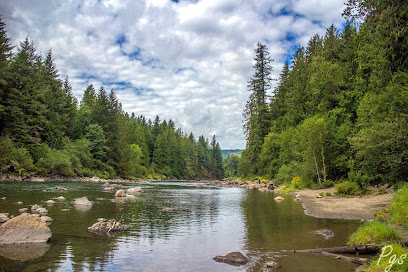
The Summit at Snoqualmie
Experience thrilling winter adventures at The Summit at Snoqualmie, Washington's top ski resort, offering unparalleled slopes and breathtaking mountain views.

Summit Central - The Summit at Snoqualmie
Discover the thrill of skiing in a winter paradise at Summit Central, part of The Summit at Snoqualmie, where adventure meets breathtaking mountain views.
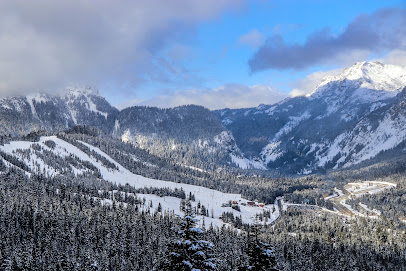
Hyak Sno-Park
Experience the thrill of winter sports and the beauty of nature at Hyak Sno-Park in Snoqualmie Pass, Washington, perfect for outdoor adventures.
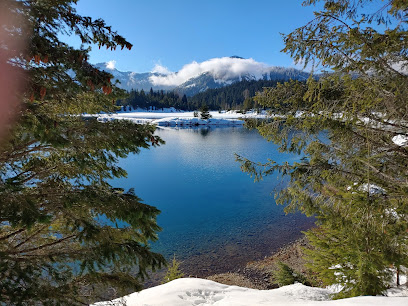
Summit Tubing Park
Experience the thrill of winter fun at Summit Tubing Park, where families gather for unforgettable snow tubing adventures amidst stunning mountain views.
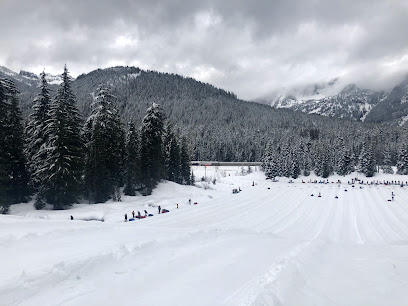
Silver Fir Lodge
Experience the thrill of skiing and the comfort of exquisite dining at Silver Fir Lodge, a top ski resort in Snoqualmie Pass, Washington.
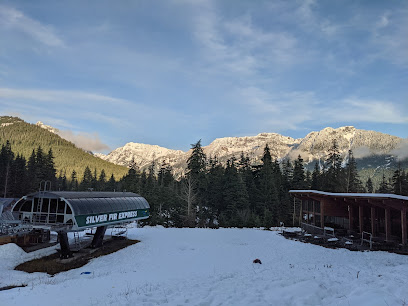
Gold Creek Snowshoe Trail
Discover the enchanting Gold Creek Snowshoe Trail in Snoqualmie Pass, Washington, where winter beauty meets adventure in a breathtaking natural setting.
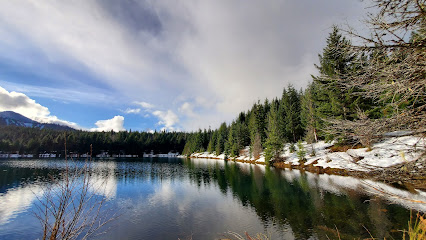
Pie For the People NW
Discover the taste of authentic New York-style pizza at Pie For the People NW, nestled in the beautiful Snoqualmie Pass, Washington.
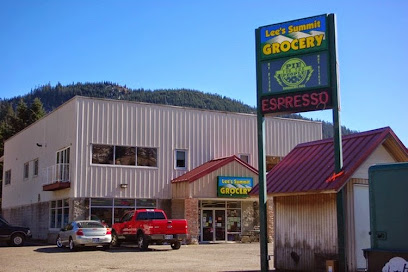
Palouse to Cascades State Park - Hyak Trailhead
Explore breathtaking landscapes and diverse ecosystems at Palouse to Cascades State Park - Hyak Trailhead, a hiker's paradise in Washington State.
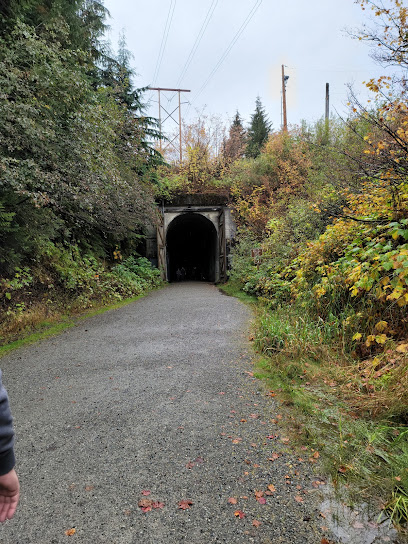
Gold Creek Pond Trailhead
Explore the tranquil beauty of Gold Creek Pond Trailhead, a must-visit hiking area in Washington, offering stunning views and serene nature experiences.
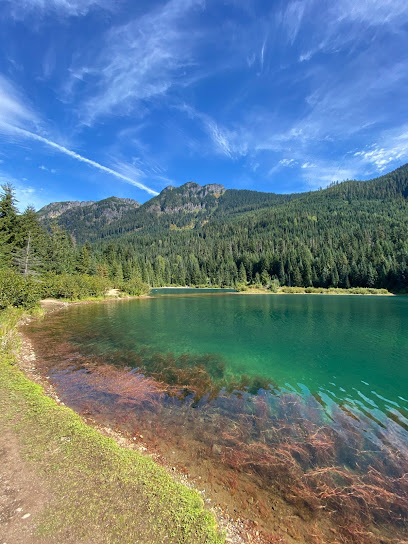
Gold Creek Pond Picnic Ground
Discover the serene beauty of Gold Creek Pond Picnic Ground, a perfect picnic spot in Snoqualmie Pass with stunning views and natural tranquility.
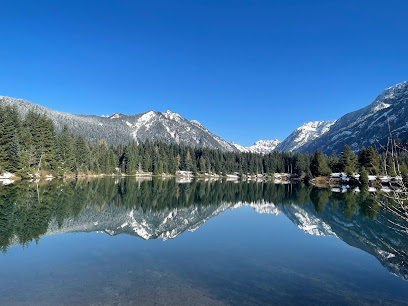
Snoqualmie Tunnel
Explore the historic Snoqualmie Tunnel, a unique walking and biking trail that offers stunning views and a glimpse into the region's rich history.
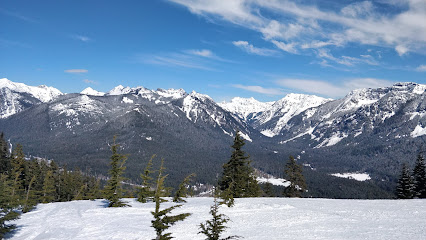
Summit East - The Summit at Snoqualmie
Discover the ultimate ski adventure at Summit East in Snoqualmie Pass, where snowy peaks and thrilling slopes await every winter enthusiast.
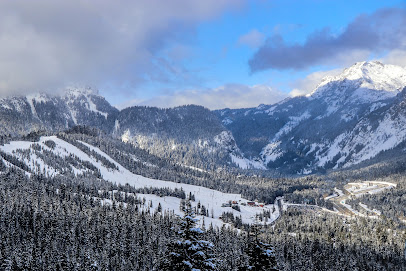
Snoqualmie Pass Visitor Center
Explore the beauty and adventure of the Cascade Mountains at Snoqualmie Pass Visitor Center, your gateway to outdoor experiences and ecological wonders.
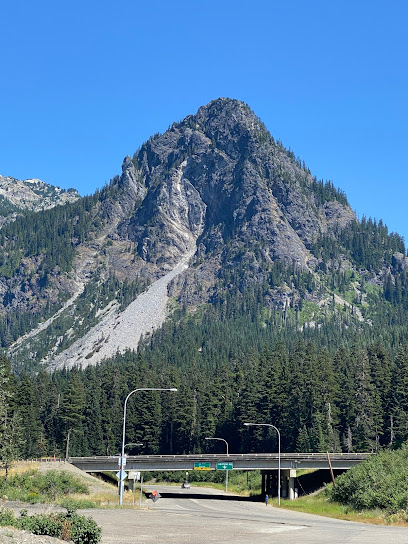
Lake Keechelus Trailhead
Experience the breathtaking beauty of Lake Keechelus Trailhead, a top hiking destination in Washington's spectacular Snoqualmie Pass area.
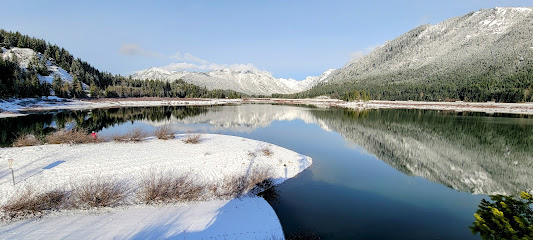
Unmissable attractions to see
Snoqualmie Casino
Discover the excitement of gaming and breathtaking views at Snoqualmie Casino, a premier entertainment destination in Washington State.
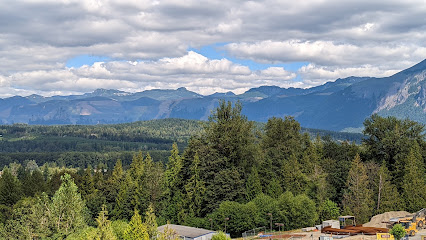
Snoqualmie Falls
Experience the breathtaking beauty of Snoqualmie Falls, a stunning natural wonder and serene escape in Washington State, perfect for all nature lovers.

Snoqualmie Falls Lower Observation Deck
Discover the breathtaking beauty of Snoqualmie Falls in Washington, where nature meets serenity amid lush landscapes and stunning views.
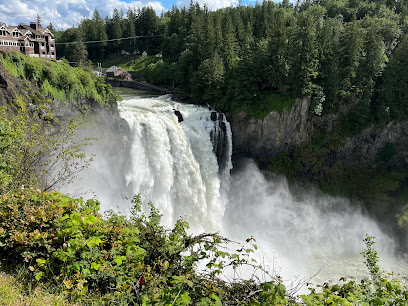
Snoqualmie Lower Falls
Explore the stunning Snoqualmie Lower Falls, a breathtaking waterfall and scenic hiking destination in the heart of Washington's natural beauty.
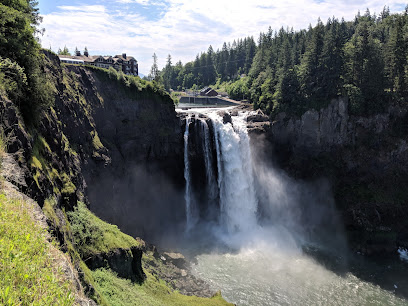
Remlinger Farms
Experience the perfect blend of fun and farm life at Remlinger Farms in Carnation, WA, a unique amusement park and farmers' market for the whole family.

Twin Falls Trailhead
Explore the breathtaking Twin Falls Trailhead, a hiking paradise in North Bend, Washington, featuring stunning waterfalls and lush nature trails.
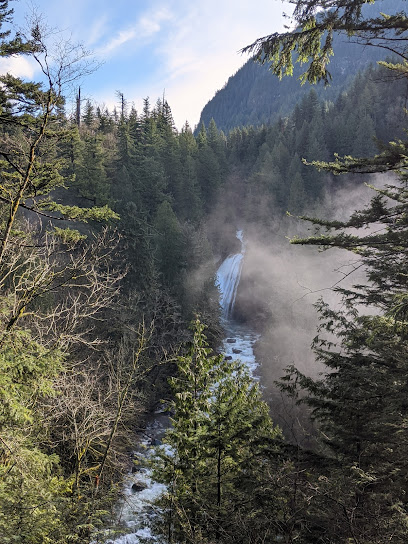
Twin Falls Natural Area
Experience the breathtaking waterfalls and lush landscapes of Twin Falls Natural Area, a must-visit park in North Bend, Washington for nature lovers.
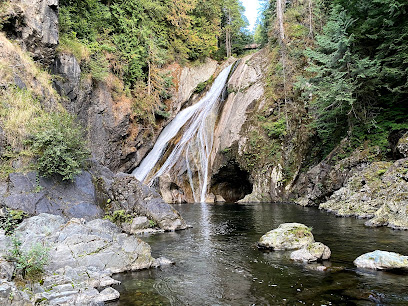
Rattlesnake Lake Recreation Area
Explore the stunning Rattlesnake Lake Recreation Area, a breathtaking retreat perfect for hiking, kayaking, and enjoying nature's tranquility in North Bend, Washington.
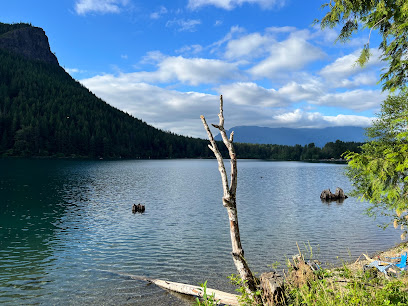
The Summit at Snoqualmie
Discover winter fun at The Summit at Snoqualmie, Washington's ultimate ski resort offering diverse slopes, stunning views, and vibrant après-ski activities.
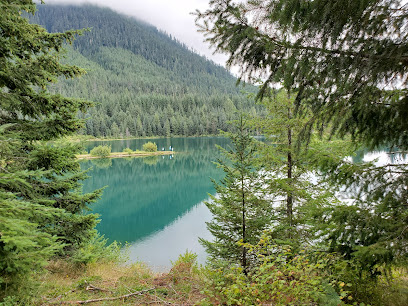
Northwest Railway Museum, Snoqualmie Depot
Discover the fascinating history of railroads at the Northwest Railway Museum in Snoqualmie, WA, where trains come alive in a stunning natural setting.

Hyak Sno-Park
Experience the magic of winter at Hyak Sno-Park in Snoqualmie Pass, a top destination for skiing, snowboarding, and breathtaking mountain views.
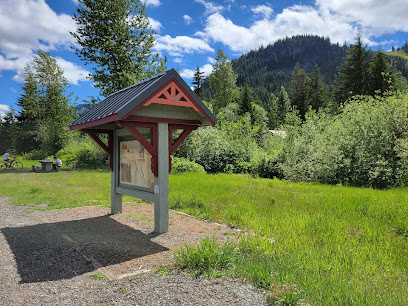
Franklin Falls Trailhead
Explore the breathtaking Franklin Falls Trailhead, a hidden gem in North Bend, WA, perfect for hiking and immersing in nature's beauty.
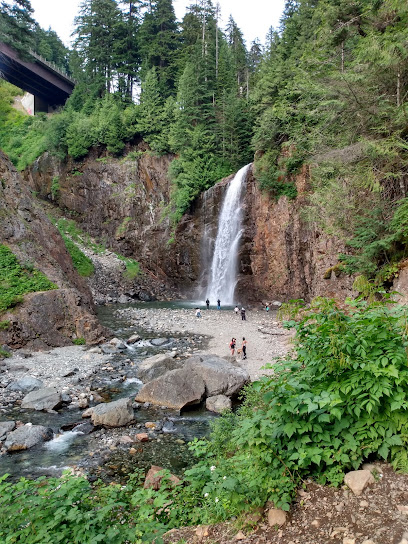
Snow Lake Trailhead
Explore the breathtaking beauty of Snow Lake Trailhead, a hiker's paradise in Washington's Alpine Lakes Wilderness, offering stunning views and diverse trails.
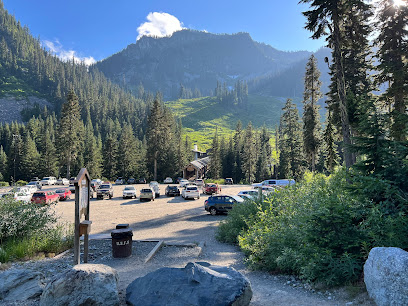
Snoqualmie Point Park
Discover the breathtaking views and tranquil beauty of Snoqualmie Point Park, an outdoor haven for nature lovers and adventure seekers in Washington State.
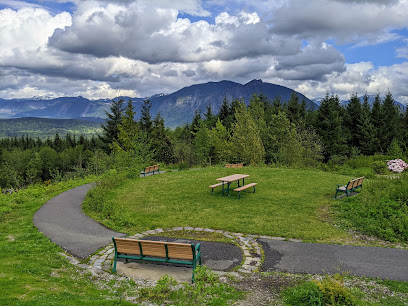
Olallie State Park
Explore the breathtaking landscapes and diverse wildlife at Olallie State Park, a premier destination for outdoor adventures in Washington.
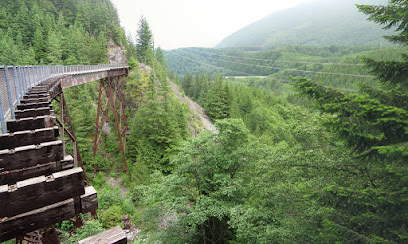
Essential places to dine
The Commonwealth
Discover The Commonwealth: A Cozy American Restaurant Offering Delicious Meals Amidst Scenic Snoqualmie Pass.
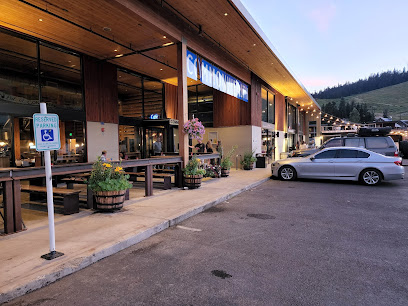
The Dining Room @ Salish Lodge & Spa
Experience breathtaking views and exquisite American cuisine at The Dining Room @ Salish Lodge & Spa in Snoqualmie.
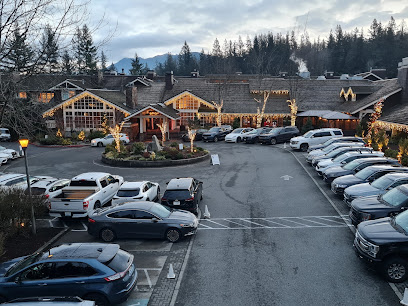
Summit Pancake House and Lounge
Discover mouthwatering pancakes in a cozy family-friendly atmosphere at Summit Pancake House and Lounge in beautiful Snoqualmie Pass.
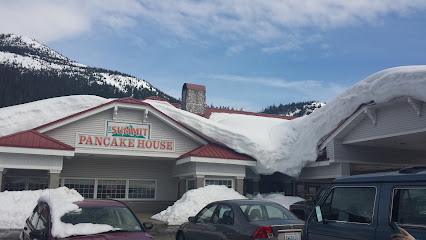
Red Mountain Coffee
Experience warmth and flavor at Red Mountain Coffee in Snoqualmie Pass - your perfect mountain retreat.
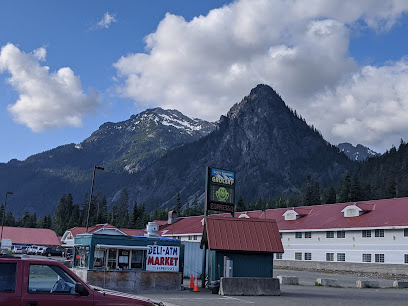
Gianfranco Ristorante Italiano
Experience authentic Italian dining at Gianfranco Ristorante Italiano in Snoqualmie – where tradition meets taste.
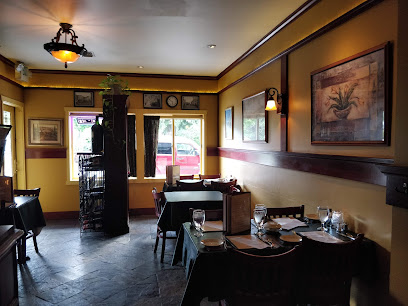
Copperstone Family Spaghetti Restaurant
Experience authentic Italian cuisine at Copperstone Family Spaghetti Restaurant in Snoqualmie - perfect for family gatherings and delicious meals.
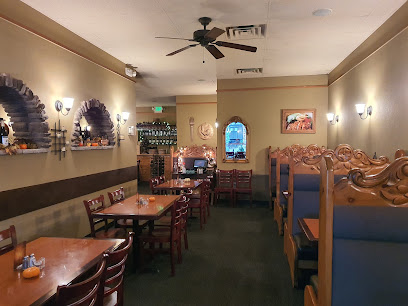
Silver Fir Lodge
Discover Silver Fir Lodge: A Premier Ski Resort in Snoqualmie Pass Offering Thrilling Winter Sports and Cozy Dining Experiences.
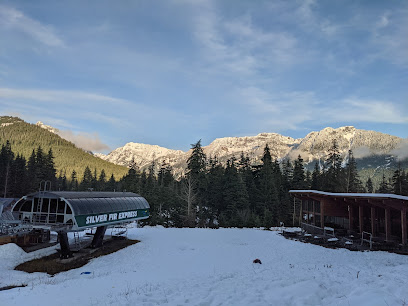
Francesco Ristorante Italiano
Experience authentic Italian cuisine at Francesco Ristorante Italiano in Snoqualmie - where every meal is a taste of Italy amidst breathtaking scenery.
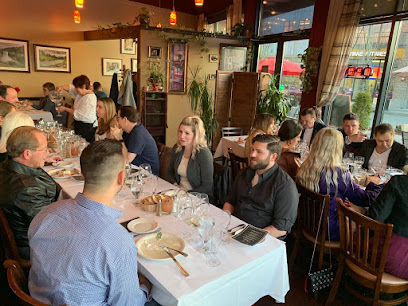
Pie For the People NW
Experience mouthwatering New York-style pizza surrounded by stunning mountain views at Pie For the People NW in Snoqualmie Pass.
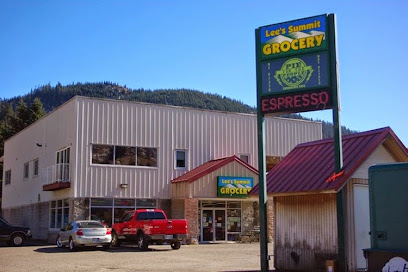
Webb's Restaurant
Experience delicious American cuisine at Webb's Restaurant in Snoqualmie Pass – your perfect stop for hearty meals amid breathtaking mountain views.

Squatch Box
Discover delicious American cuisine at Squatch Box in Snoqualmie Pass—where hearty meals meet breathtaking mountain views.
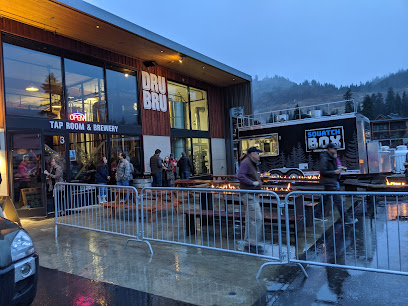
Markets, malls and hidden boutiques
North Bend Premium Outlets
Explore unbeatable deals and a variety of brand-name stores at North Bend Premium Outlets, a shopper's haven in Washington's stunning landscape.
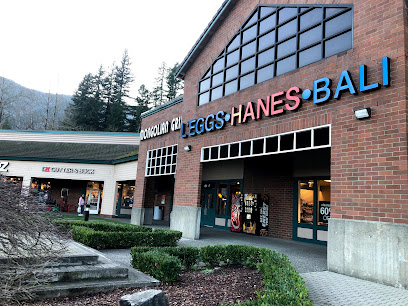
Hyak Sno-Park
Experience the magic of winter at Hyak Sno-Park, where adventure meets breathtaking scenery in Snoqualmie Pass, WA.
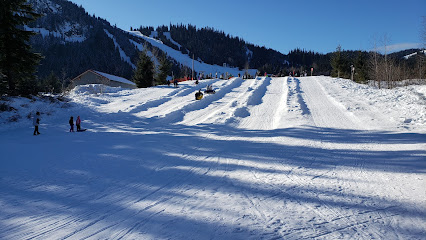
Summit Pancake House and Lounge
Experience the heartwarming taste of family-friendly dining with delicious pancakes at Summit Pancake House and Lounge in Snoqualmie Pass.
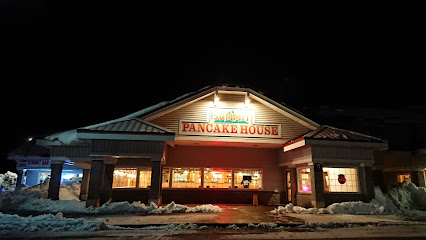
Red Mountain Coffee
Experience the best of Snoqualmie Pass at Red Mountain Coffee, where delightful brews and tasty treats meet stunning mountain views.
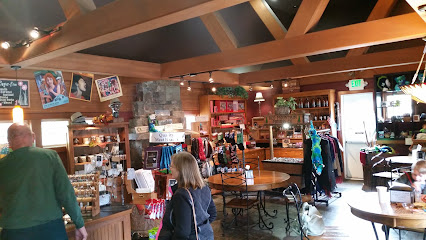
Summit Inn
Experience comfort and adventure at Summit Inn, your gateway to the stunning natural beauty of Snoqualmie Pass, Washington.
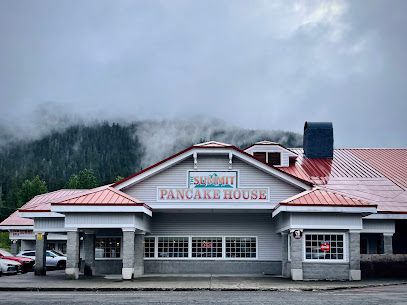
Dru Bru - Snoqualmie Pass
Discover the heart of craft brewing at Dru Bru in Snoqualmie Pass, where stunning views and exceptional flavors come together.
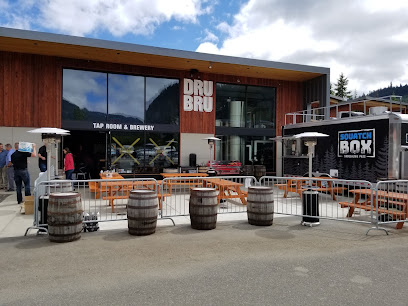
Pie For the People NW
Indulge in mouthwatering pizzas at Pie For the People NW, a cozy gem in Snoqualmie Pass, perfect for pizza enthusiasts and nature lovers alike.
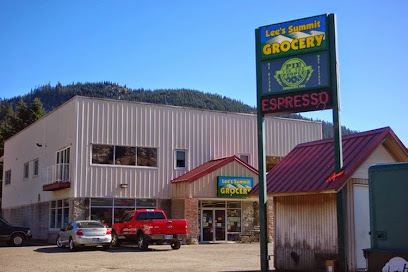
Laconia Market & Cafe
Experience the delightful flavors of Snoqualmie Pass at Laconia Market & Cafe, your go-to destination for fresh food and gourmet coffee.

Lee's Summit Grocery
Explore the flavors of Snoqualmie Pass at Lee's Summit Grocery, your go-to spot for fresh produce and delicious deli meals in Washington.
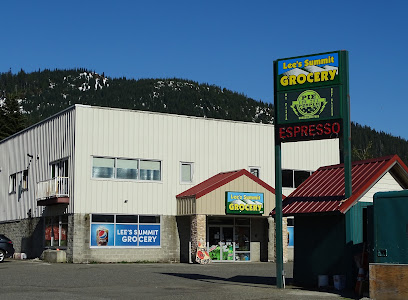
Snoqualmie Falls Gift Shop and Visitor Center
Explore unique gifts and breathtaking views at Snoqualmie Falls Gift Shop and Visitor Center, a perfect stop for tourists seeking memorable keepsakes.
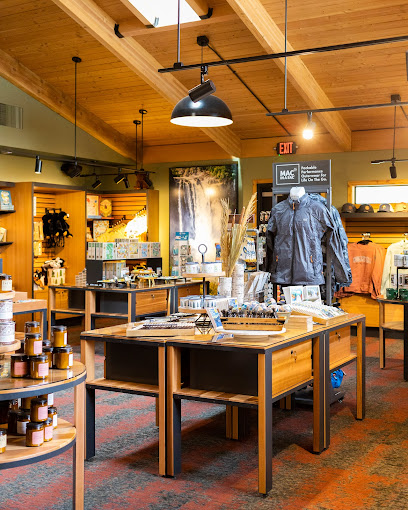
Snoqualmie Pass
Explore the breathtaking beauty and outdoor adventures at Snoqualmie Pass, a stunning mountain pass in Washington's Cascade Mountains.
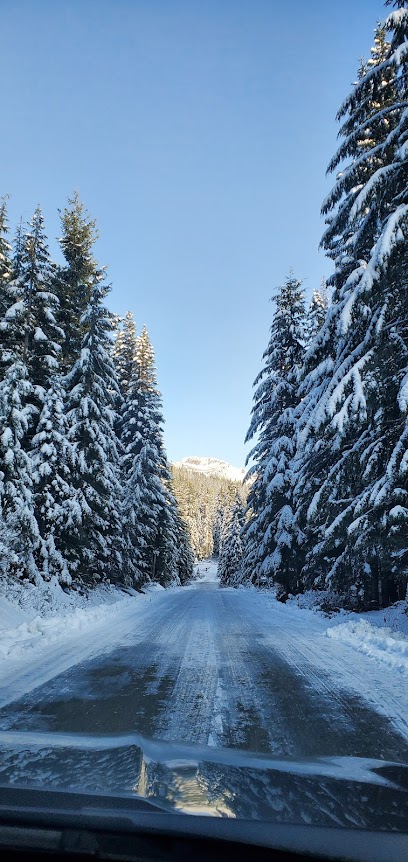
Down To Earth
Explore Down To Earth, a charming gift shop and florist in Snoqualmie, offering unique gifts and beautiful floral arrangements amidst stunning natural beauty.
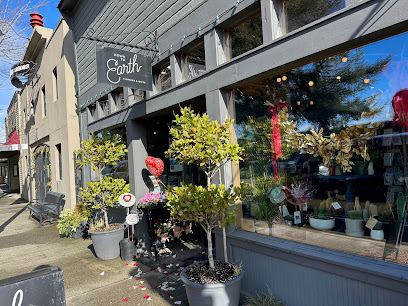
Birches Habitat
Discover unique treasures at Birches Habitat, a charming gift shop in North Bend, WA, offering books, clothing, home goods, and more.
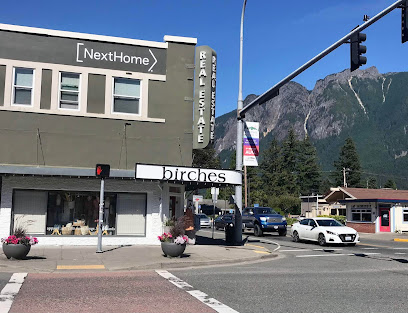
Snoqualmie Pass Visitor Center
Explore the Snoqualmie Pass Visitor Center, your gateway to outdoor adventures in the stunning Washington Cascades.
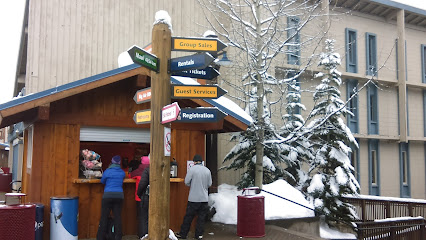
Lucky You
Explore Lucky You in Issaquah for unique gifts, stylish clothing, and beautifully crafted furniture that captures the essence of local artistry.
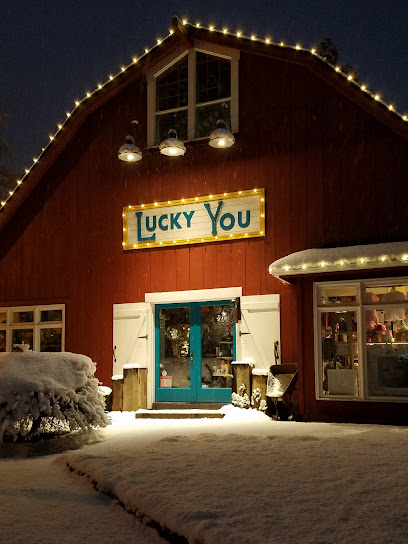
Essential bars & hidden hideouts
The Commonwealth
Discover the flavors of American cuisine in the heart of Snoqualmie Pass at The Commonwealth, where nature meets comfort dining.
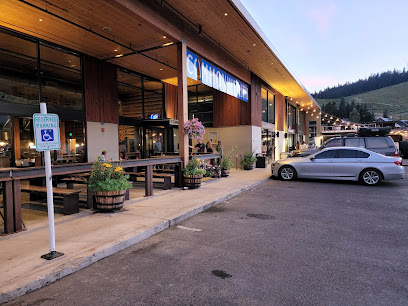
Summit Pancake House and Lounge
Discover the family-friendly Summit Pancake House and Lounge, a cozy retreat serving delicious pancakes in the heart of Snoqualmie Pass.

Red Mountain Coffee
Experience the warmth of Red Mountain Coffee, your go-to spot for delicious coffee, pizza, sandwiches, and sweet treats in scenic Snoqualmie Pass, Washington.
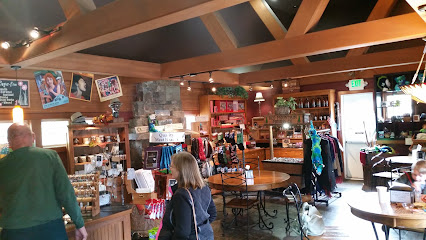
Summit Inn
Discover a cozy retreat at Summit Inn in Snoqualmie Pass, where comfort meets adventure in the stunning Cascade Mountains.
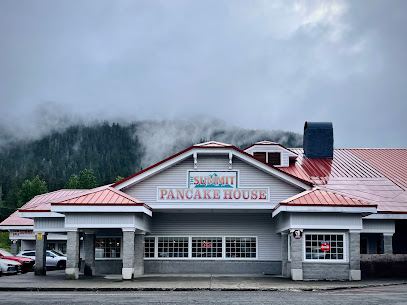
Infusion Bar & Grill
Discover the vibrant atmosphere and delicious grilled specialties at Infusion Bar & Grill in Snoqualmie, a perfect spot for food lovers and sports fans alike.
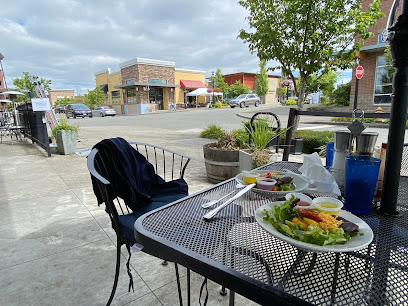
Dru Bru - Snoqualmie Pass
Discover the essence of craft beer at Dru Bru Brewery in Snoqualmie Pass, where tradition meets the beauty of the Pacific Northwest.
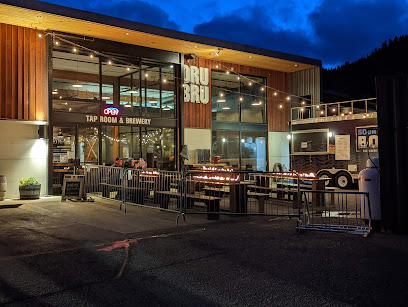
Silver Fir Lodge
Experience the enchanting flavors of Silver Fir Lodge, where exquisite dining meets breathtaking mountain views in Snoqualmie Pass.
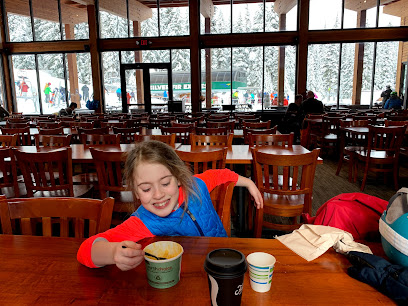
The Attic at Salish Lodge
Experience breathtaking views and exquisite small plates at The Attic at Salish Lodge in Snoqualmie, Washington.
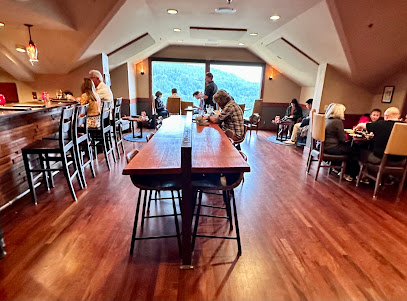
Saints & Scholars Irish Pub
Discover the heart of Ireland at Saints & Scholars Irish Pub, where authentic cuisine meets warm hospitality in a stunning Snoqualmie setting.
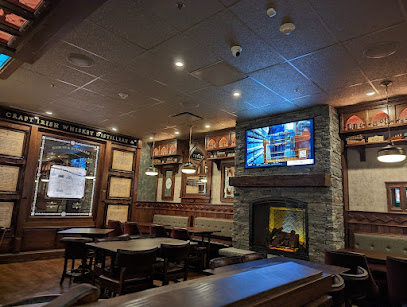
Pie For the People NW
Discover the ultimate pizza experience at Pie For the People NW in beautiful Snoqualmie Pass, where every slice is crafted with fresh ingredients and passion.
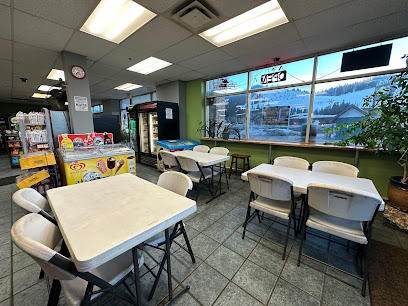
Laconia Market & Cafe
Experience the best of Snoqualmie Pass at Laconia Market & Cafe, where fresh ingredients meet cozy ambiance for an unforgettable dining adventure.
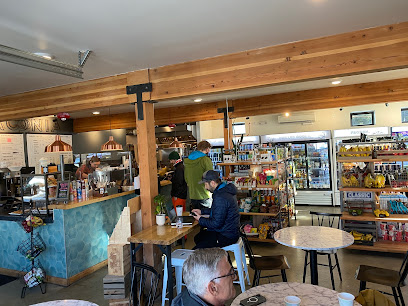
Smokey Joe's Bar and Grill
Experience the charm of Smokey Joe's Bar and Grill in Snoqualmie, WA, where delicious grilled dishes and a welcoming atmosphere await you.
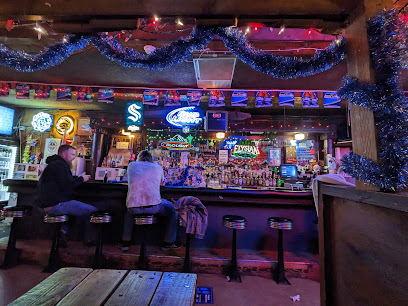
Webb's Restaurant
Experience the best of American cuisine at Webb's Restaurant, a cozy gem in Snoqualmie Pass, perfect for outdoor adventurers and food lovers alike.
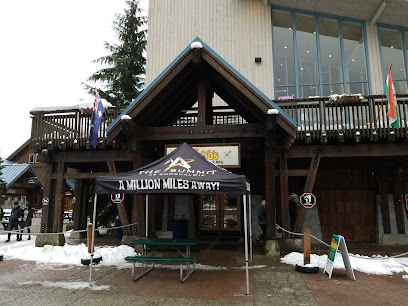
Squatch Box
Discover the delicious American flavors at Squatch Box, a cozy eatery in Snoqualmie Pass, perfect for outdoor enthusiasts and food lovers alike.

Timberwolf Lodge
Experience delightful dining amidst breathtaking views and live music at Timberwolf Lodge in North Bend, Washington.
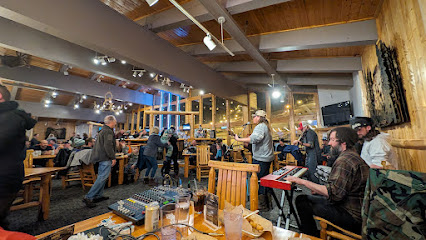
Local Phrases about Snoqualmie Pass
-
- HelloHi
[haɪ] - GoodbyeBye
[baɪ] - YesYeah
[jeə] - NoNo
[noʊ] - Please/You're welcomePlease
[pliːz] - Thank youThanks
[θæŋks] - Excuse me/SorryExcuse me
[ɪkˈskjuz mi] - How are you?How are you?
[haʊ ɑr juː] - Fine. And you?Good. You?
[ɡʊd ju] - Do you speak English?Do you speak English?
[du ju spiːk ˈɪŋɡlɪʃ] - I don't understandI don't get it
[aɪ doʊnt ʌndərˈstænd]
- HelloHi
-
- I'd like to see the menu, pleaseMenu, please
[ˈmɛnjuː pliːz] - I don't eat meatI'm vegetarian
[aɪm ˌvɛdʒəˈtɛriən] - Cheers!Cheers!
[ʧɪrz] - I would like to pay, pleaseBill, please
[bɪl pliːz]
- I'd like to see the menu, pleaseMenu, please
-
- Help!Help!
[hɛlp] - Go away!Go away!
[ɡoʊ əˈweɪ] - Call the Police!Police!
[pəˈlis] - Call a doctor!Doctor!
[ˈdɑktər] - I'm lostLost
[lɔst] - I'm illSick
[sɪk]
- Help!Help!
-
- I'd like to buy...I want to buy...
[aɪ wɑnt tu baɪ] - I'm just lookingJust looking
[ʤʌst ˈlʊkɪŋ] - How much is it?How much?
[haʊ mʌʧ] - That's too expensiveToo expensive
[tu ɛkˈspɛnsɪv] - Can you lower the price?Can you lower it?
[kæn ju ˈloʊər ɪt]
- I'd like to buy...I want to buy...
-
- What time is it?What time?
[wʌt taɪm] - It's one o'clockIt's one
[ɪts wʌn] - Half past (10)Half ten
[hæf tɛn] - MorningMorning
[ˈmɔrnɪŋ] - AfternoonAfternoon
[ˌæftərˈnun] - EveningEvening
[ˈivnɪŋ] - YesterdayYesterday
[ˈjɛstərˌdeɪ] - TodayToday
[təˈdeɪ] - TomorrowTomorrow
[təˈmɑroʊ] - 1One
[wʌn] - 2Two
[tu] - 3Three
[θri] - 4Four
[fɔr] - 5Five
[faɪv] - 6Six
[sɪks] - 7Seven
[ˈsɛvən] - 8Eight
[eɪt] - 9Nine
[naɪn] - 10Ten
[tɛn]
- What time is it?What time?
-
- Where's a/the...?Where's the...?
[wɛrz ðə] - What's the address?Address?
[əˈdrɛs] - Can you show me (on the map)?Show me
[ʃoʊ mi] - When's the next (bus)?Next bus?
[nɛkst bʌs] - A ticket (to ....)Ticket, please
[ˈtɪkɪt pliːz]
- Where's a/the...?Where's the...?
History of Snoqualmie Pass
-
Long before European settlers arrived, the Snoqualmie Pass region was inhabited by the Snoqualmie Tribe and other indigenous peoples. They used the pass as a vital route for trade, travel, and communication between the western and eastern parts of what is now the state of Washington. The Snoqualmie people consider the area sacred, with many cultural and spiritual connections to the land.
-
Snoqualmie Pass was first explored by European settlers in the mid-19th century. The pass was named by Captain George B. McClellan in 1853 during the Pacific Railroad Surveys. These early explorations were crucial for establishing routes across the Cascade Range, which would later become essential for transportation and commerce.
-
In 1867, the Snoqualmie Wagon Road was constructed, providing the first engineered route through the pass. This road enabled easier travel for settlers moving westward and facilitated the transport of goods and services. It played a significant role in the development of the surrounding areas, spurring economic growth and settlement in the region.
-
The construction of the Milwaukee Road Railroad in the early 20th century significantly impacted Snoqualmie Pass. Completed in 1909, the railway provided a reliable and efficient means of transporting goods and passengers across the Cascades. The railroad brought increased accessibility and spurred further development in the area, including tourism and industry.
-
Interstate 90, which traverses Snoqualmie Pass, was completed in the 1960s and became a major thoroughfare connecting Seattle to the east side of the state. The construction of I-90 transformed the pass, making it one of the most important transportation corridors in the Pacific Northwest. The highway also made the region more accessible for recreational activities such as skiing, hiking, and camping.
-
Snoqualmie Pass has become a premier destination for outdoor enthusiasts. The establishment of the Summit at Snoqualmie ski area in the 1930s marked the beginning of the pass's transformation into a year-round recreational hub. Today, the area offers a wide range of activities, including skiing, snowboarding, hiking, and mountain biking, attracting visitors from across the region and beyond.
-
In recent years, there has been a growing focus on preserving and conserving the natural beauty and ecological integrity of Snoqualmie Pass. Various organizations and government agencies have worked to protect the area's wildlife habitats, forests, and waterways. These efforts ensure that future generations can continue to enjoy the natural splendor of Snoqualmie Pass while maintaining its ecological balance.
Snoqualmie Pass Essentials
-
Snoqualmie Pass is located in the Cascade Range in Washington State, approximately 52 miles east of Seattle. The most convenient way to reach Snoqualmie Pass is by car via Interstate 90 (I-90), which connects Seattle to the pass. During winter months, be sure to check road conditions and consider using snow tires or chains. Alternatively, you can take a bus service from Seattle. Check with local transit authorities such as King County Metro or Snoqualmie Valley Transportation for schedules.
-
Once at Snoqualmie Pass, getting around is best done by car, especially if you plan to explore the surrounding areas. Rental cars are available in Seattle and at the Seattle-Tacoma International Airport. During the winter, it is advisable to have a vehicle equipped for snowy conditions. While there is limited public transportation within the pass, some shuttle services are available to major ski resorts. Biking and hiking are popular during the warmer months.
-
The official currency is the United States Dollar (USD). Credit and debit cards are widely accepted at most establishments, including hotels, restaurants, and shops. ATMs are available, but it’s advisable to carry some cash, especially if you plan to visit more remote areas or smaller businesses that might be cash-only.
-
Snoqualmie Pass is generally a safe destination for tourists. However, standard safety precautions should be taken. Be mindful of your belongings, especially in crowded areas. While there are no specific high-crime areas targeting tourists, it's always best to stay vigilant. If you plan on hiking or engaging in outdoor activities, be aware of the weather conditions and wildlife, and ensure you have the necessary gear.
-
In case of emergency, dial 911 for immediate assistance. For non-emergency situations, local medical facilities and the closest hospital are located in the nearby town of North Bend. It's recommended to have travel insurance that covers medical emergencies and outdoor activities. Be familiar with the location of the nearest ranger station if you are exploring the wilderness areas.
-
Fashion: Do dress in layers and wear appropriate outdoor gear if you plan to hike or ski. Don't wear flip-flops or casual sandals on trails. Religion: Do respect any religious sites and traditions you may encounter. Public Transport: Do respect the schedules and be patient, as public transport options may be limited. Don't expect frequent service like in urban areas. Greetings: Do greet people with a friendly 'hello' or 'hi.' Don't be overly formal unless the situation calls for it. Eating & Drinking: Do try local eateries and regional specialties. Don’t litter; always dispose of trash properly.
-
To experience Snoqualmie Pass like a local, visit the smaller, less crowded trails and viewpoints. Engage with the local community at events or farmers' markets in nearby towns like North Bend. Don’t miss the chance to explore the Snoqualmie Tunnel, a historic railroad tunnel turned hiking trail. Check out local cafes and diners for a taste of regional cuisine and interact with the residents who are often eager to share their knowledge of the area.
Trending Landmarks in Snoqualmie Pass
-
Snoqualmie Falls
-
The Summit at Snoqualmie
-
Summit Central - The Summit at Snoqualmie
-
Hyak Sno-Park
-
Summit Tubing Park
-
Silver Fir Lodge
-
Gold Creek Snowshoe Trail
-
Pie For the People NW
-
Palouse to Cascades State Park - Hyak Trailhead
-
Gold Creek Pond Trailhead
-
Gold Creek Pond Picnic Ground
-
Snoqualmie Tunnel
-
Summit East - The Summit at Snoqualmie
-
Snoqualmie Pass Visitor Center
-
Lake Keechelus Trailhead
Nearby Cities to Snoqualmie Pass
-
Things To Do in Redmond
-
Things To Do in Kent
-
Things To Do in Auburn
-
Things To Do in Bellevue
-
Things To Do in Kirkland
-
Things To Do in Federal Way
-
Things To Do in Seattle
-
Things To Do in Bremerton
-
Things To Do in Tacoma
-
Things To Do in Lynnwood
-
Things To Do in Everett
-
Things To Do in Marysville
-
Things To Do in Yakima
-
Things To Do in Bellingham
-
Things To Do in Hood River

